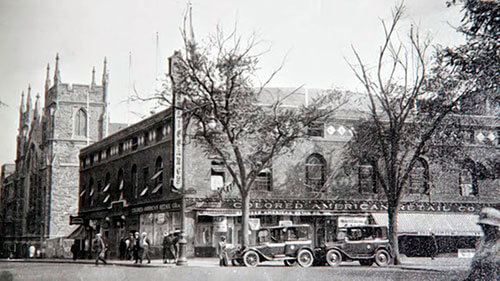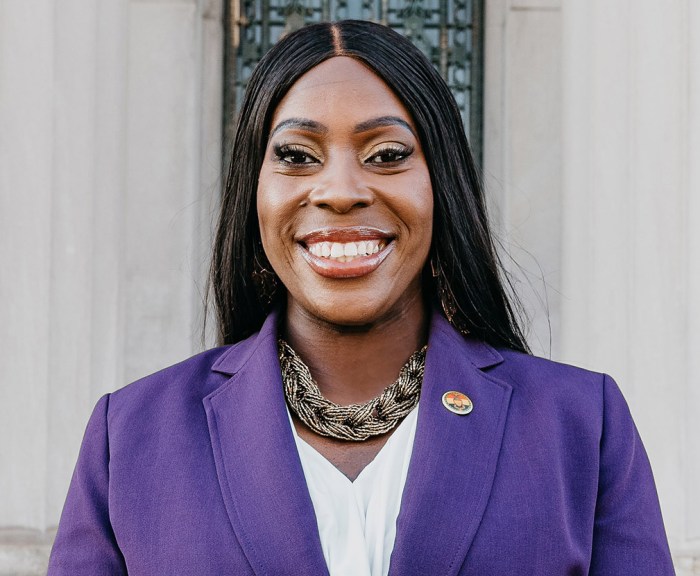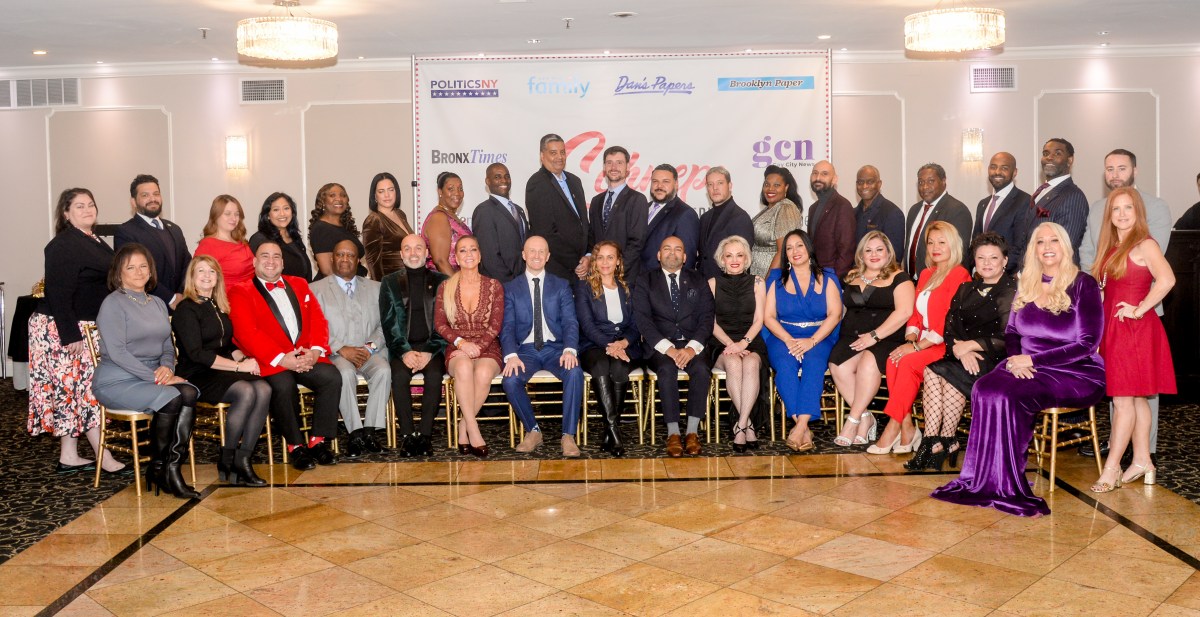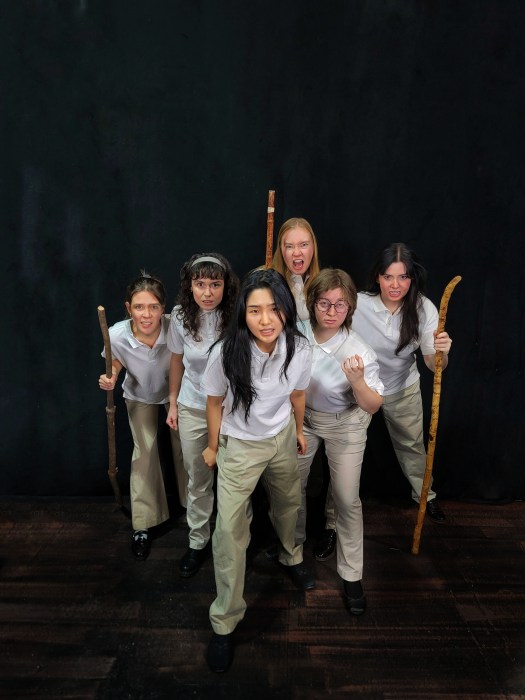The first major snowstorm of 2015 may have been a blessing to organizers of a movement dedicated to promoting the Harlem culture.
On the date, three feet of snow was predicted to dump on New York City, a group called the Harlem Swing Dance Society planned an information event to “Save The Renny.”
They hoped to present a film, discuss and encourage a petition drive to stop the destruction of Harlem’s historic Renaissance Ballroom & Casino AKA The Renny.
Since the event had to be canceled, it is being rescheduled for Feb. 9, during Black History Month and perhaps a more fitting calendar date to bring enlightenment about the Harlem landmark that emerged the first theatre in New York built, owned and controlled by Blacks.
Perhaps it is difficult to imagine that in 1920 Blacks living in this metropolis had no place to meet, dance, celebrate or entertain.
Particularly in the mecca that African Americans migrated in droves a century ago at the beginning of the last century, Harlem provided few spaces for migrants to revel or even find investment opportunities to erect new buildings.
Harder to imagine is how three men from the Caribbean united, acted swiftly and brought change by constructing a viable reception hall that would accommodate the needs of an entire community.
Footnotes to historic accounts credit immigrants William H. Roach from Antigua, Cleophus Charity and Joseph H. Sweeney from Montserrat as the principal builders of the Renaissance.
They were members of Marcus Garvey’s Universal Negro Improvement Association (UNIA) and subscribed heavily to the philosophy proposed by the Jamaican immigrant who urged unity among Blacks.
Garvey advocated for African Americans to support Black-owned businesses. With an almost explosive membership base, the UNIA encouraged Blacks to embrace the uniqueness of the Renaissance.
Commissioned that year to build a block-long complex at 137th St. the three men erected a two story tall building that accommodated a 900-seat movie theater, a large space for dances, meetings, private parties and even sporting events. Completed in 1924, the iconic complex showcased accomplishments of African Americans during the Harlem Renaissance period which is acclaimed for its abundance artistic revolution and culture.
Roach and Joseph Sweeney were championed for overseeing the only major black-owned uptown theater during this time.
Roach who owned a housecleaning service and ran a real estate business bought the northeast corner of 137th St. and Seventh Ave. ( known as Adam Clayton Powell Boulevard). The partners designated Charity, the president of the Renaissance and Sweeney, the treasurer. Together they built the Renaissance Theater in 1921.
Much has been documented about the hot-spot in Harlem affectionately known as The Renny. Visited often by Garvey, boxer Joe Louis, entertainer Cab Calloway, Count Basie and Duke Ellington, Paul Robeson also performed there.
At a time Blacks were barred from the National Basketball Association, it became the home court of the Rens, the first all African American professional basketball team in the nation.
The adjacent 900-seat theater featured movies by Oscar Micheaux, the first African-American to produce a feature-length film.
The casino was used for a 1923 anti-lynching meeting held by the N.A.A.C.P.
Ironically, David N. Dinkins, the first Black mayor of NYC does not support the building’s historical significance as a Harlem landmark. But in 1953, he and his bride Joyce held their wedding reception there.
The building closed in 1979.
Reportedly “for Sweeney this loss was so great that within weeks of losing control of the Renaissance, he went home to his dwelling on 136th St., locked himself in, and turned on the jets of his gas stove. His funeral was presided over by the Rev. Adam Clayton Powell, Sr., then pastor of the Abyssinian Baptist Church.”
It remained in disrepair for many years.
In 1991, Rev. Calvin O. Butts III, pastor of Abyssinian Baptist Church, organized a group of small business owners in Harlem to buy the site. The group paid $300,000 for the mortgage.
That same year a proposal for landmark status of the building was presented to the city’s landmarks commission. In 1997, a court-appointed mediator awarded the business owners the title to the property.
But recently, the Abyssinian Development Corporation — the real estate arm of the church — sold the building to BRP Development Corporation for $15 million.
The developers promise a $70 million housing unit they plan to name, The Renny. It will include a 134-unit apartment building, with affordably priced homes. A spokesperson said 17,500 square feet of retail space will replace the landmark structure after it is razed.
Although the Department of Buildings is still reviewing the plans and have not confirmed the future of the historic spot, cultural preservationist such as Michael Henry Adams believe the community should rally to protect the space.
Adams regularly protests the sale and projected construction project.
Every Sunday he visits the 137th location and if only alone, shouts the urgency to reclaim the legacy started by the Caribbean pioneers.
Kenneth Sargeant has started a petition he plans to send to Mayor Bill deBlasio.
Along with activists associated with the Harlem Swing Dance Society, on Feb. 9 he will inform the community about ways to halt the destruction of Harlem’s Renaissance Casino.
For more information, contact theeharlemswingdancesociety@gmail.com or call 347-709-7022.




























